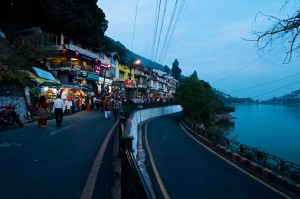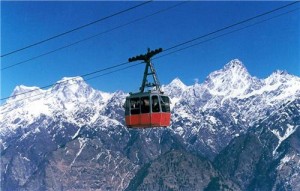History Of Nainital City
Nainital is one of the most beautiful places in Uttarakhand. It finds mention in several ancient texts such as ‘Manas Khand’ of Skandapurana. Then there is legend of Ma Sati’s charred eye falling here to form the Naini Lake, its name taken form the Hindi word Naina which means eye.
of Skandapurana. Then there is legend of Ma Sati’s charred eye falling here to form the Naini Lake, its name taken form the Hindi word Naina which means eye.
Kumaon & Garhwal areas were occupied by the British in 1815. Afterwards,E Gardiner was appointed the commissioner of Kumaun Division in 1815. Mr. G.W. Traill, the second commissioner of Kumaun, was the first European to visit Nainital.
Later, in the year 1839 a British businessman Mr. P Barron (a sugar trader) and his friend, an avid hunter, strayed into the hills while hunting. They got lost and in the process spotted this wonderful place.
Barron was so captivated by the place that he left the sugar business and built a European Colony on shores of the Naini Lake. In the year 1841, the discovery of Nainital appeared in an issue of the ‘Englishman Calcutta’. The offices gradually started to shift here and a formal Nainital Municipal Corporation was formed in 1850 to provide basic facilities to the residents.
‘Englishman Calcutta’. The offices gradually started to shift here and a formal Nainital Municipal Corporation was formed in 1850 to provide basic facilities to the residents.
To catalyze the development of a township, the government reassigned land in Nainital to the affluent Sah community of Almora, on the clause that they would construct only accommodations on the land. In 1862, Nainital officially became the ‘Summer Seat’ of the North-Western Provinces. After that the development progressed at rapid speed. Many residential schools and colleges were established to provide education to the people.
In an extreme reversal of fortune, a massive landslide on 18th September 1880 caused by continuous rain washed away the Victoria Hotel. About 151 people were killed under the hotel’s debris. Though the military was called in for help, people could not be saved. After this incident, the area was flattened and leveled for parking.
